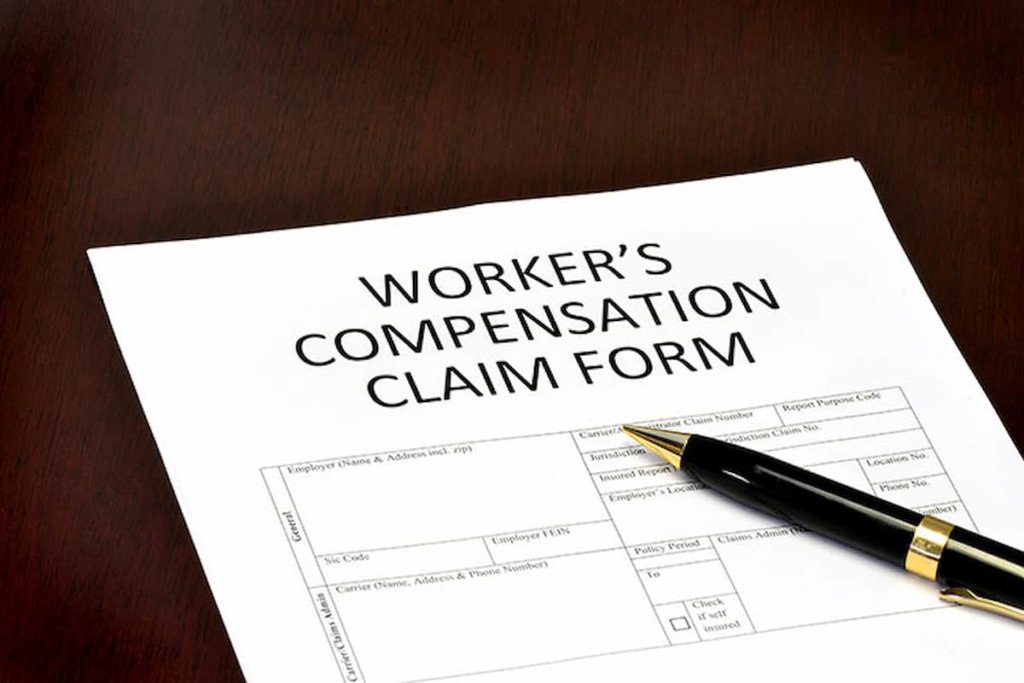As much as most California employees would like to think they have prepared for the worst, accidents tend to happen when one least expects them. Safety risks could become all the more prevalent in the working environment, where workers often have higher stress levels. Whether it was from attempting to multitask or a mere slip and fall, an accident on the job is a serious matter that may require workers compensation procedures.
California’s Department of Industrial Relations provides an expansive booklet on state laws regarding workers compensation. With the many helpful sections available, the learning process itself can become overwhelming. Many workers may wonder which steps to take first after an accident has occurred. The DIR shares that after a worker has reported the incident to his or her employer, they must fill out a workers compensation claim. Employers must send these claims within one working day after the employee has reported the accident. Of course, the top priority involves medical care appropriate to the injury; the Department stresses that the physician can help determine when a patient can return to work, refer patients to specialists and assist with other steps of the process.
Because there is no single law that outlines workers compensation, understanding specific laws can certainly be confusing. When it comes to learning about the financial side to these regulations, Entrepreneur notes that California is one of thirteen states that maintains a state fund. This fund allows employers to choose between state fund and private insurance in the case of an employee injury. And although specifics may vary from state to state, Entrepreneur points out that a large majority of states allow larger companies to be self-insured. Regardless of the severity of the injury, employees should turn to the details of their workers compensation plan when certain aspects remain unclear.



